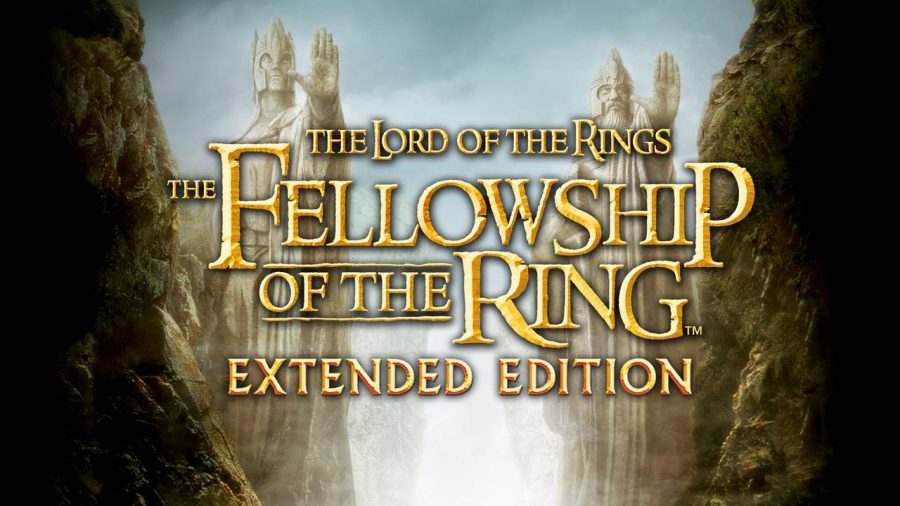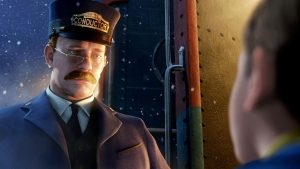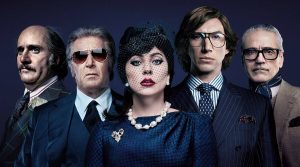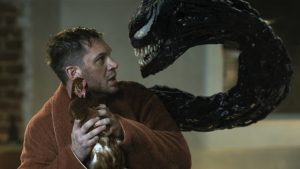The bigger the better?
Lord of the Rings: Extended Edition v. Theatrical Edition (part one)
Since the release of the film franchise, the Lord of the Rings movies have been a fan favorite. With the release of the extended version of each film on HBO Max, Andrew takes a look at his likes and dislikes with the extended versions in comparison to the original Lord of the Rings films.
January 12, 2022
HBO Max added the extended editions of The Lord of the Rings trilogy last year. The originals, already known for their length, have a combined 9 hour and 27 minute runtime. While impressive, the extended editions of these films add previously unused footage and extended scenes, combined with some alternate camera angles for existing scenes, to increase the runtime to 11 hours and 26 minutes, almost 2 hours longer than the theatrical cuts of each film.
Both the theatrical and extended versions of the trilogy are widely considered to be well-crafted, quality films, each one beautifully portraying the world of Middle Earth, and all the iconic characters that inhabit it. However, the debate over which is better remains a small controversy within the films’ fandom, and after watching the extended edition of The Lord of the Rings: The Fellowship of the Ring, I now fully understand the arguments for each film.
The epilogue of the film remains mostly the same, however, a scene is added where Isildur puts on the One Ring and becomes invisible shortly before he is killed and loses the ring. While interesting for fans who already know of the ring’s power, revealing this aspect of the ring’s power diminishes the impact of the scene where Bilbo puts on the ring to disappear before a large crowd, which was the reveal of this ability in the theatrical version. Although this does downplay one of Bilbo’s most important scenes, the extended edition adds much additional time to develop his character, adding more scenes between him and Frodo, strengthening the relationship between the two.
This is one of the few scenes that is added at the expense of another, as, in an added scene, Gandalf reveals to the fellowship that Bilbo owned a mythril shirt, a near invulnerable piece of armor capable of withstanding most blades, and after an attack by a cave troll where Frodo should have been killed, it is revealed that he was wearing the shirt, shocking everyone and saving his life. In the original cut, there is no mention of the shirt between the time it is given to Frodo and when he is attacked by the troll, which makes the surprised reaction of the rest of the fellowship much more genuine.
In defense of these additions however, the powers of the ring and the qualities of the mythril are already well known to audiences who have already watched the theatrical cut, so adding scenes which build off these existing aspects of the film is exciting and interesting to watch.
The extra scenes in the first film offer a special experience for fans of the trilogy who have never seen the extended edition of the first film before, and it was fun to watch and figure out what was added, extended, and altered. However, regardless of how great the additions are, there is a reason they were cut from the first film, as they aren’t necessary to the plot, even if they enhance it.
For viewers deciding what they should watch, if you haven’t seen the theatrical before, then you should watch the theatrical first, as without an existing understanding of the world and its lore, the additions aren’t as impactful. And for fans who have watched the theatrical, but not the extended editions, then I highly recommend that you check out the extended editions. However, I cannot yet say which I prefer, as I have not watched the next two extended editions yet, and after doing so, I will be able to give my official opinion on what my suggested viewing experience is.










